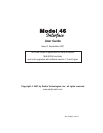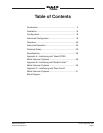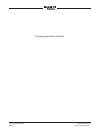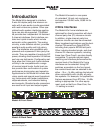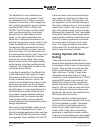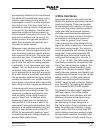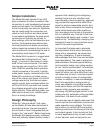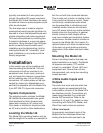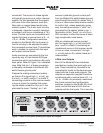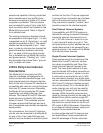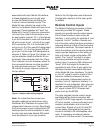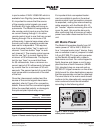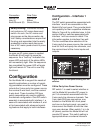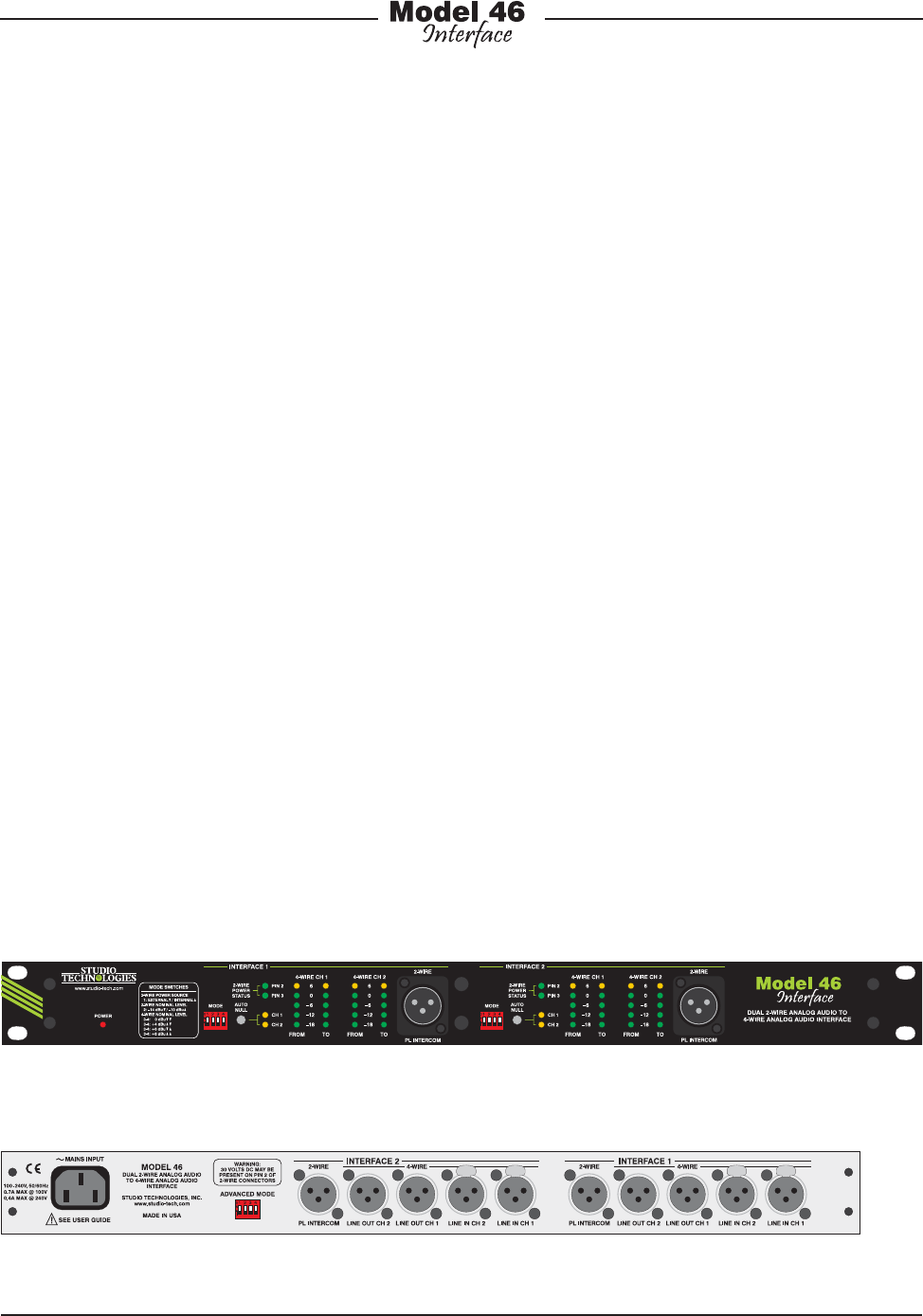
Model 46 User Guide Issue 2, September 2007
Studio Technologies, Inc. Page 5
Introduction
The Model 46 is designed to interface
2-wire full-duplex party-line intercom cir-
cuits with 4-wire audio circuits associated
with matrix intercom systems. Other spe-
cialized audio system interfacing applica-
tions can also be supported. The Model
46 provides two independent full-featured
2-channel interfaces. Each interface con-
tains two hybrid circuits which include
automatic nulling capability. The analog
circuitry, under software control, provides
excellent audio quality and high return-
loss. The interfaces are compatible with
powered and unpowered 2-wire party-line
circuits. They are capable of supplying DC
power, allowing direct operation of devices
such as user belt packs. Configuration set-
tings allow the 2-wire and 4-wire interface
circuitry to be compatible with a range
of nominal signal levels. Audio level me-
ters provide user confirmation of system
performance during setup and operation.
Applications for the Model 46 include tele-
vision sports and special event broadcast-
ing, theme park and theater installations,
corporate events, and industrial testing
environments. Standard audio connectors
are used for all input and output signals.
Model 46 Back Panel
Model 46 Front Panel
The Model 46 mounts in one space
of a standard 19-inch rack enclosure
and requires 100-240 volts, 50/60 Hz for
operation.
2-Wire Interfaces
The Model 46’s 2-wire interfaces are
optimized for direct connection with dual-
channel party-line (PL) intercom circuits.
In addition, single-channel party-line
intercom circuits can also be connected.
Many broadcast applications use the dual-
channel TW-series from Telex®/RTS®,
including their popular BP325 belt pack.
Other industry-standard single- and dual-
channel PL intercom systems, including
those from Clear-Com®, are also directly
compatible. To provide optimal signal
matching and interface performance the
nominal level of the Model 46’s 2-wire
interfaces can be selected. Using DIP
switches, accessible on the front panel,
the nominal levels can be selected to be
either –10 or –14 dBu, settings that should
allow compatibility with virtually all party-
line systems. For example, for applications
that use equipment from RTS the –10 dBu
setting is appropriate. For other equip-
ment, such as that from Clear-Com, the
–14 setting is correct.



